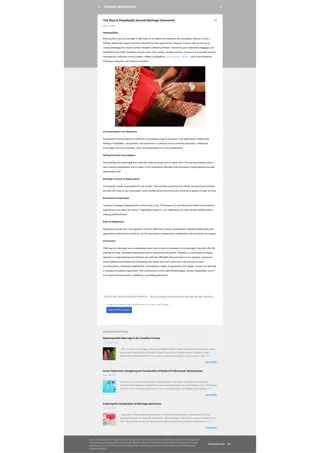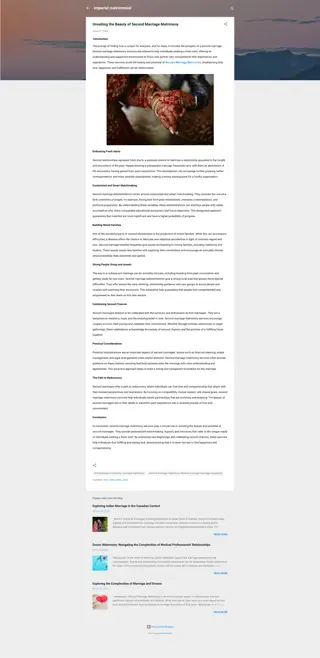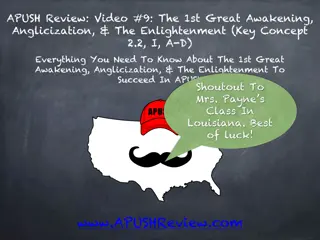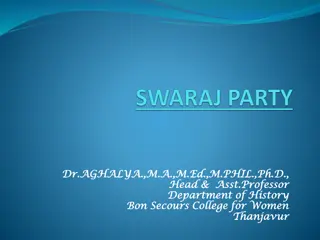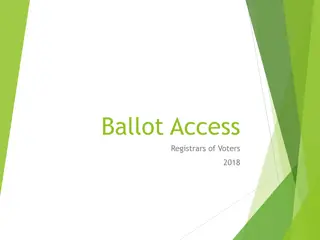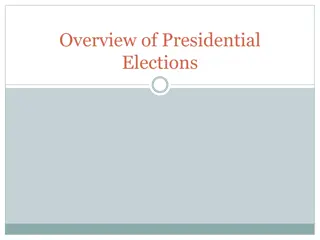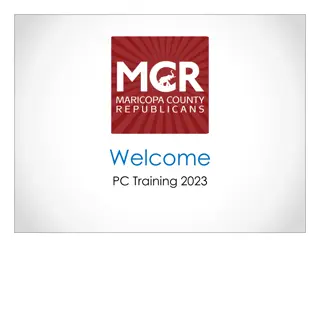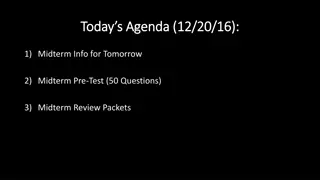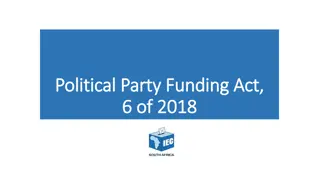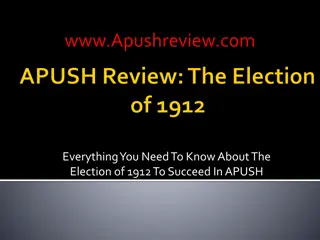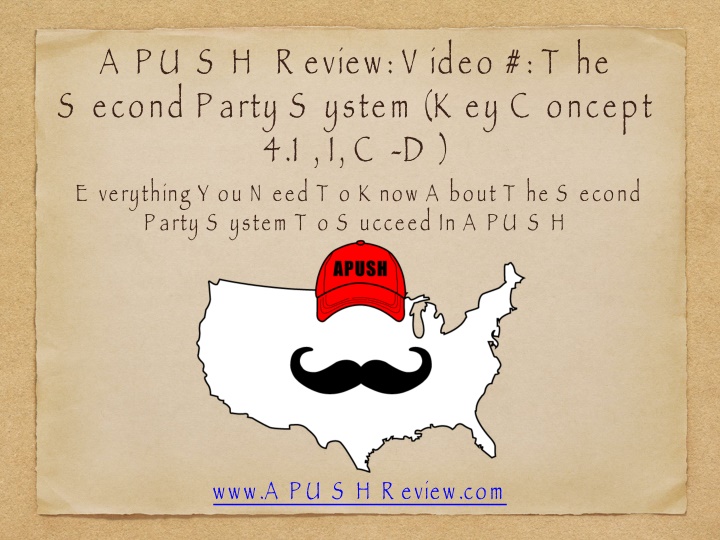
Second Party System in U.S. History
Explore the impact of the Second Party System on American politics in the 1820s and 1830s, focusing on the Whigs and Democrats, their views on federal power, the National Bank, tariffs, and internal improvements. Learn about regional influences, the Nullification Crisis of 1833, and the role of slavery in shaping political discourse.
Download Presentation

Please find below an Image/Link to download the presentation.
The content on the website is provided AS IS for your information and personal use only. It may not be sold, licensed, or shared on other websites without obtaining consent from the author. If you encounter any issues during the download, it is possible that the publisher has removed the file from their server.
You are allowed to download the files provided on this website for personal or commercial use, subject to the condition that they are used lawfully. All files are the property of their respective owners.
The content on the website is provided AS IS for your information and personal use only. It may not be sold, licensed, or shared on other websites without obtaining consent from the author.
E N D
Presentation Transcript
A P U S H R eview: V ideo #: T he S econd P arty S ystem (K ey C oncept 4.1 , I, C -D ) E verything Y ou N eed T o K now A bout T he S econd P arty S ystem T o S ucceed In A P U S H www.A P U S H R eview.com
W higs A nd D emocrats (2 nd P arty S ystem) 1 8 2 0s - 1 8 3 0s T his time saw an increase in political participation E limination of property requirements for voting and universal white, male suffrage D ifferences between the parties? R ole and power of the federal government N ational B ank (B U S ) T ariffs H enry C lay s A merican S ystem F ederally funded internal improvements
W higs A nd D emocrats (2 nd P arty S ystem) R ole and power of the federal government: W higs tended to favor a stronger central government D emocrats tended to favor more power to states N ational B ank: D emocrats - tended to oppose B U S J ackson s veto of the 3 rd B U S in 1 8 3 2 W higs were created in response to K ing A ndrew I W higs favored B U S
W higs A nd D emocrats (2 nd P arty S ystem) improvements; is exclusively within the limits of a State, starting at a point on the Ohio River and running out 60 miles to an interior town, and even as far as the State is interested conferring partial instead of general advantages. It has no connection with any established system of T ariffs: T ax on imported goods - tended to favor the industrialized north W higs supported, D emocrats opposed F ederally funded internal improvements: W higs favored D emocrats opposed A ndrew J ackson s M aysville R d. veto
Importance O f R egion In P olitics R egional interests often trumped national concerns as the basis for many political leaders positions on slavery and economic policy N ullification C risis - 1 8 3 3 : S C and other southern states opposed the T ariffs of 1 8 2 8 and 1 8 3 2 - S C nullified those tariffs T hreatened to secede if J ackson collected the tariff by force A s the 1 8 00s passed, the S outh became more entrenched in slavery M any northern states outlawed slavery N Y - slavery became illegal in 1 8 2 7
Q uick R ecap D ifferences between W higs and D emocrats R egion s impact on economics and slavery P otential E ssay T opic: C ompare and contrast the reasons for the creation of the 1 st and 2 nd P arty S ystems
S ee Y ou B ack H ere F or V ideo #: A ntislavery E fforts A nd T he E xpansion O f S lavery T hanks for watching B est of luck!


